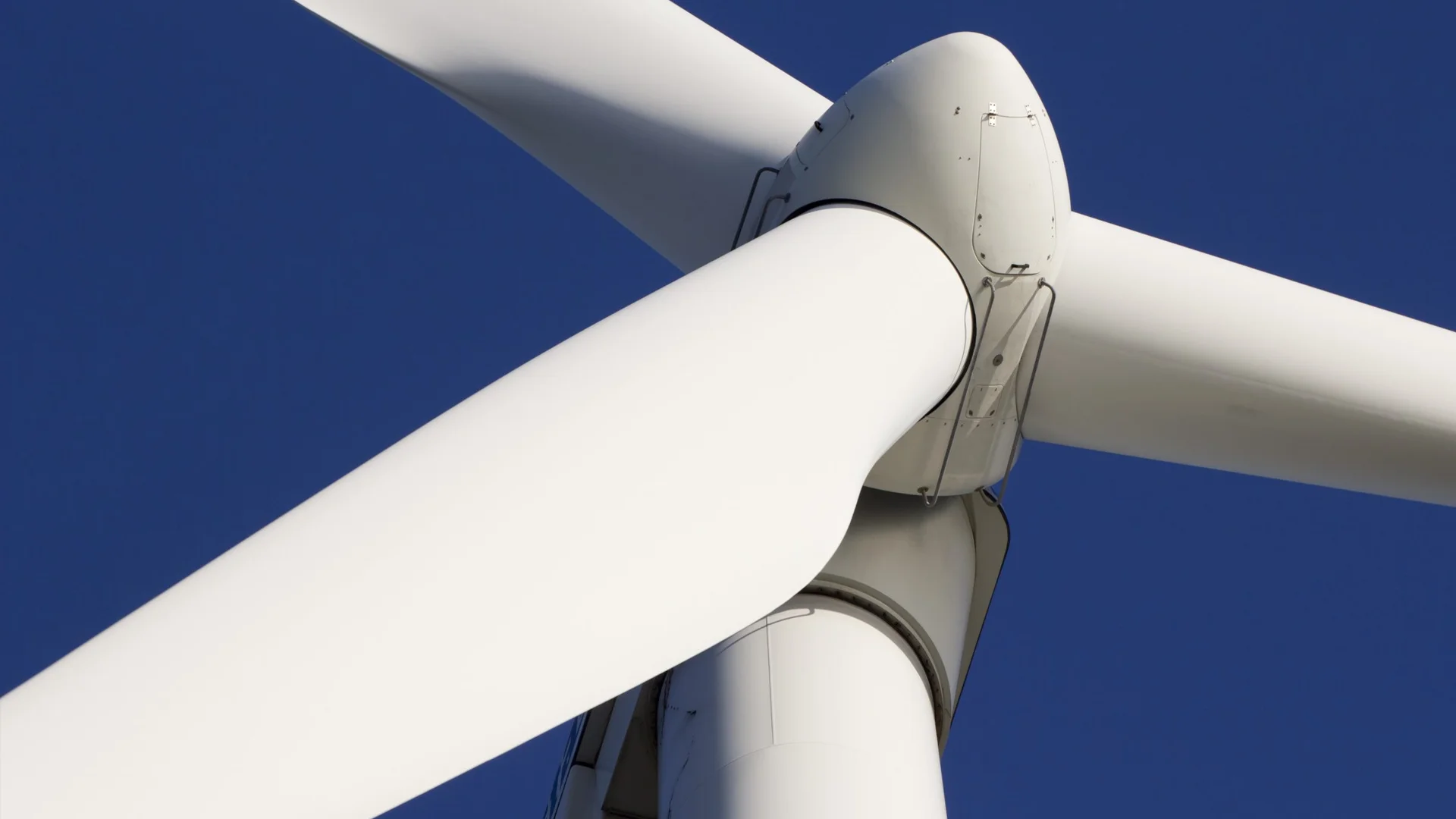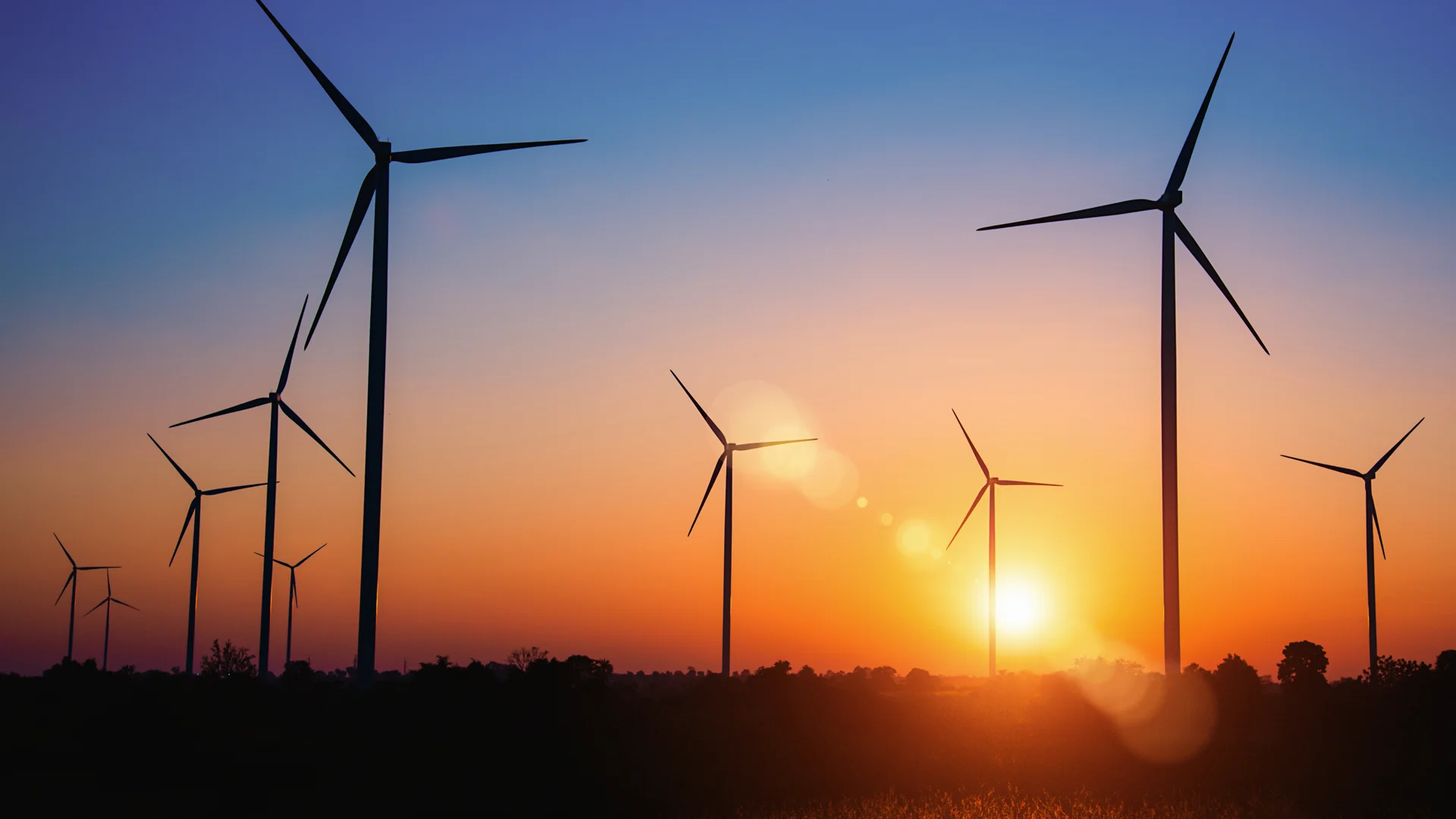Unlocking Potential: The Power of Retrofit and Upgrades in Wind Turbines
The relentless pursuit of efficiency in renewable energy has never been more crucial, and retrofit and upgrades are at the forefront of this transformation. As the global demand for sustainable energy solutions grows, maximising the performance of existing wind turbines is essential for both operational success and environmental responsibility.
In this blog post, we will delve into Retrofit and Upgrades: Maximising Wind Turbine Efficiency, an essential consideration for anyone involved in wind turbine service and maintenance. With an increasing number of wind farms across Australia and the APAC region, understanding how to enhance turbine capabilities can lead to significant cost savings and improved energy output.
Retrofit and upgrades refer to the modifications and enhancements made to existing wind turbine systems, allowing them to perform better and last longer. This process is not just about replacing old parts; it also involves the preparation of major components to accommodate the latest technology and practices, ensuring that your turbines operate at peak efficiency. Throughout this post, we’ll explore the benefits of these upgrades, including increased energy production, reduced maintenance costs, and enhanced reliability.
This topic is particularly crucial for professionals in the wind industry, as it directly impacts the effectiveness of your service and maintenance strategies. By investing in retrofit and upgrades, you can ensure that your assets remain competitive and contribute positively to your bottom line.
At SBL Solutions, we pride ourselves on delivering high-quality solutions grounded in safety and efficiency. Our experienced team is equipped to guide you through the retrofit and upgrade process, ensuring that your wind turbines are optimised for current and future demands. If you’re looking for expert assistance or more information, don’t hesitate to contact us today!
What is Retrofit and Upgrades in Wind Turbines?
Retrofit and upgrades refer to the processes involved in enhancing existing wind turbine systems to improve their performance and efficiency. This can include updating technology, replacing outdated components, and integrating new systems that optimise energy production. By investing in retrofit and upgrades, you can breathe new life into older turbines, ensuring they continue to operate at peak efficiency and contribute effectively to renewable energy production.
Key characteristics of retrofit and upgrades involve a mix of technical enhancements and strategic planning. This may include installing advanced control systems, upgrading blade designs to capture more wind, or enhancing the electrical systems to improve output. For instance, think of it like upgrading your home’s heating system; by replacing an old boiler with a modern, energy-efficient model, you can significantly reduce energy costs while improving comfort.
When considering the broader context of wind turbine service and maintenance, retrofit and upgrades play a pivotal role. They are not merely about fixing issues but proactively enhancing your turbine’s capabilities. Regular maintenance ensures your turbines operate smoothly, while strategic upgrades can lead to significant increases in energy output and operational longevity. This is where SBL Solutions shines, providing tailored retrofit solutions to maximise your turbine’s efficiency while adhering to strict safety and quality standards.
It’s important to clarify a common misconception: retrofit and upgrades are not just for failing systems. Even well-functioning turbines can benefit from modern advancements that enhance efficiency and reduce operational costs. By staying ahead of technological trends, you can ensure your wind farm remains competitive and viable in a rapidly evolving energy market.
At SBL Solutions, we understand the intricacies of retrofit and upgrades, leveraging our expertise to deliver exceptional service to our clients. Our commitment to quality and safety means that you can trust us to implement upgrades that not only improve performance but also align with industry standards.
Key Terms for Retrofit and Upgrades in Wind Turbines
Understanding the key terminology related to retrofit and upgrades is crucial for optimising the efficiency of your wind turbines. Here are some important terms that will help you navigate this field effectively.
Retrofit
Retrofitting refers to the process of adding new technology or features to existing systems, enhancing their performance without replacing the entire system. In the context of wind turbines, this often involves upgrading components to improve efficiency and reliability, extending the turbine’s operational life and productivity, which is essential for meeting modern energy demands and sustainability goals.
Upgrades
Upgrades involve replacing or improving existing equipment or systems to enhance functionality, efficiency, or safety. For wind turbines, upgrades might include new blades, control systems, or generators that can significantly boost energy output and operational efficiency, aligning with industry standards and regulations.
Efficiency
Efficiency in wind turbines refers to the ratio of useful energy output to the energy input, which signifies how well a turbine converts wind into electricity. Maximising efficiency through retrofit and upgrades is vital for improving energy production and reducing operational costs, ensuring profitability and sustainability.
Performance Monitoring
Performance monitoring entails the continuous assessment of a wind turbine’s operations, including energy output and system health, often using advanced software tools. This process is critical in identifying areas for retrofit and upgrades, ensuring that turbines operate at optimal levels and helping to predict maintenance needs.
Condition Assessment
Condition assessment involves evaluating the physical state of wind turbine components to determine their integrity and performance capabilities. Regular condition assessments are essential for planning effective retrofits and upgrades, ensuring that any interventions enhance functionality without compromising safety.
Wind Resource Assessment
Wind resource assessment is the analysis of wind data to determine the potential energy generation from a specific site. Understanding wind resources is key when planning retrofits and upgrades, as it informs decisions on which improvements will yield the best results in terms of efficiency and energy output.
Grid Integration
Grid integration refers to the process of connecting wind farms to the electricity grid, ensuring that generated power can be transmitted and distributed effectively. Successful integration is crucial for maximising the benefits of retrofit and upgrades, as it ensures that enhanced energy production translates into real-world usage.
By familiarising yourself with these terms, you can make informed decisions about your wind turbine retrofit and upgrades, ultimately leading to enhanced efficiency and performance in your renewable energy projects.

Essential Tips for Maximising Wind Turbine Efficiency Through Retrofit and Upgrades
Enhancing the efficiency of wind turbines through retrofit and upgrades is crucial for optimising performance and reducing operational costs. In this guide, we will explore practical steps you can take to ensure your wind energy systems operate at their best.
Step 1: Conduct a Comprehensive Performance Assessment
To begin your retrofit and upgrades journey, perform a thorough assessment of your wind turbine’s current performance. This includes analysing energy output, operational efficiency, and identifying any mechanical issues. Tools like data analysis software can help you evaluate historical performance data and pinpoint areas for improvement. By understanding your turbine’s baseline performance, you can set realistic targets for enhancements.
Step 2: Upgrade Control Systems for Enhanced Monitoring
Modern control systems are pivotal in improving wind turbine efficiency. Consider retrofitting your turbines with advanced control technologies that offer real-time monitoring and data analytics. These systems can optimise turbine operations by adjusting settings based on wind conditions, thereby increasing energy capture. For example, incorporating a SCADA system (Supervisory Control and Data Acquisition) allows for remote monitoring and control, enhancing responsiveness to environmental changes.
Step 3: Replace or Refurbish Critical Components
Over time, key components like gearboxes and bearings can wear out and affect turbine efficiency. Plan a schedule for replacing or refurbishing these parts using high-quality materials. For instance, using ceramic bearings can reduce friction and increase lifespan, leading to improved performance. Regular maintenance checks will help to identify when these upgrades are necessary, preventing costly downtime.
Step 4: Implement Blade Upgrades for Improved Aerodynamics
Wind turbine blades are vital for capturing wind energy effectively. Upgrading to newer blade designs can significantly enhance aerodynamics and increase energy production. For example, using blades with advanced materials such as carbon fibre not only makes them lighter but also improves their strength and efficiency. Ensure that your retrofit includes an analysis of local wind patterns to select the most suitable blade technology.
Step 5: Integrate Energy Storage Solutions
To maximise the utility of generated energy, consider integrating energy storage systems into your wind farm. This enables you to store excess energy produced during peak wind conditions for use during low wind periods. Technologies such as lithium-ion batteries or flow batteries can provide reliable energy storage, enhancing the overall efficiency and reliability of your wind energy system.
Step 6: Regularly Train Your Workforce on New Technologies
As you implement retrofit and upgrades, ensure that your workforce is well-versed in the latest technologies and techniques. Regular training sessions will empower your technicians to handle new systems effectively, leading to better maintenance and operation. Consider partnering with training organisations or utilising online platforms to provide ongoing education on modern wind turbine technologies.
By following these practical tips, you can significantly enhance the efficiency of your wind turbines through strategic retrofit and upgrades. Remember, consistent evaluation and proactive maintenance are key to realising the full potential of your wind energy systems.
Your Questions Answered: Retrofit and Upgrades for Wind Turbines
We understand that you may have questions about retrofit and upgrades for wind turbines. In this section, we’ve compiled some of the most frequently asked questions to help you navigate this crucial aspect of maximising turbine efficiency.
FAQ 1: What are retrofit and upgrades in the context of wind turbines?
Retrofit and upgrades refer to the process of enhancing existing wind turbines with new technology or components to improve their performance and efficiency. This may include installing advanced control systems, upgrading blades for better aerodynamics, or incorporating energy storage solutions.
FAQ 2: How can retrofit and upgrades maximise the efficiency of my wind turbine?
By implementing retrofit and upgrades, you can significantly enhance the operational efficiency of your wind turbine. For instance, new blade designs can capture more wind energy, while upgraded software can optimise performance in real-time, leading to increased energy output and reduced operational costs.
FAQ 3: What are the benefits of choosing SBL Solutions for my retrofit and upgrades?
Choosing SBL Solutions means you benefit from our extensive experience and commitment to quality. Our skilled technicians are trained in the latest technologies, ensuring that your retrofit and upgrades are executed to the highest standards, maximising both safety and performance.
FAQ 4: How do I determine if my wind turbine needs a retrofit or upgrade?
If you notice decreased energy output, increased maintenance costs, or outdated technology, it may be time to consider a retrofit or upgrade. Regular performance assessments and consultations with our experts at SBL Solutions can help identify the right solutions for your specific needs.
FAQ 5: What types of upgrades are commonly recommended for older wind turbines?
Common upgrades for older wind turbines include new rotor blades, advanced control systems, and enhanced drivetrain components. These upgrades can help extend the operational life of the turbine and improve overall energy yield.
FAQ 6: Is there any downtime associated with retrofit and upgrades?
Yes, there may be some downtime during the retrofit and upgrades process, as we need to safely install new components. However, our team at SBL Solutions works diligently to minimise any disruptions and ensure that the turbine is back online as quickly as possible.
FAQ 7: What is the process for initiating a retrofit or upgrade project with SBL Solutions?
Initiating a project with SBL Solutions is straightforward. Simply contact our team to discuss your needs, and we will conduct a thorough assessment of your wind turbine. From there, we can provide tailored recommendations and outline the steps needed to implement the upgrades.
We hope these FAQs have clarified your understanding of retrofit and upgrades for wind turbines. If you have more questions or need assistance, feel free to reach out to our expert team at SBL Solutions.
Final Thoughts on Retrofit and Upgrades for Enhanced Wind Turbine Efficiency
In this blog post, we have explored the significant role that retrofit and upgrades play in maximising wind turbine efficiency. By implementing strategic improvements, you can not only extend the lifespan of your turbines but also enhance their performance, ultimately leading to increased energy output and reduced operational costs.
The importance of these upgrades cannot be overstated. They serve as a crucial investment in the sustainability and efficiency of wind energy systems, aligning perfectly with our commitment to delivering smart and renewable solutions at SBL Solutions. By upgrading your existing systems, you are ensuring that you stay ahead in a rapidly evolving industry that prioritises innovation and efficiency.
The insights provided throughout this article are designed to help you recognise the value of retrofit and upgrades in your wind energy projects. With an understanding of how these enhancements contribute to overall system performance, you can make informed decisions that will benefit your operations in the long run. Remember, improved efficiency today leads to greater returns tomorrow.
If you’re looking for expert guidance on retrofit and upgrades, feel free to contact SBL Solutions for more information. Our experienced team is here to assist you in achieving the highest standards of service in the industry.

